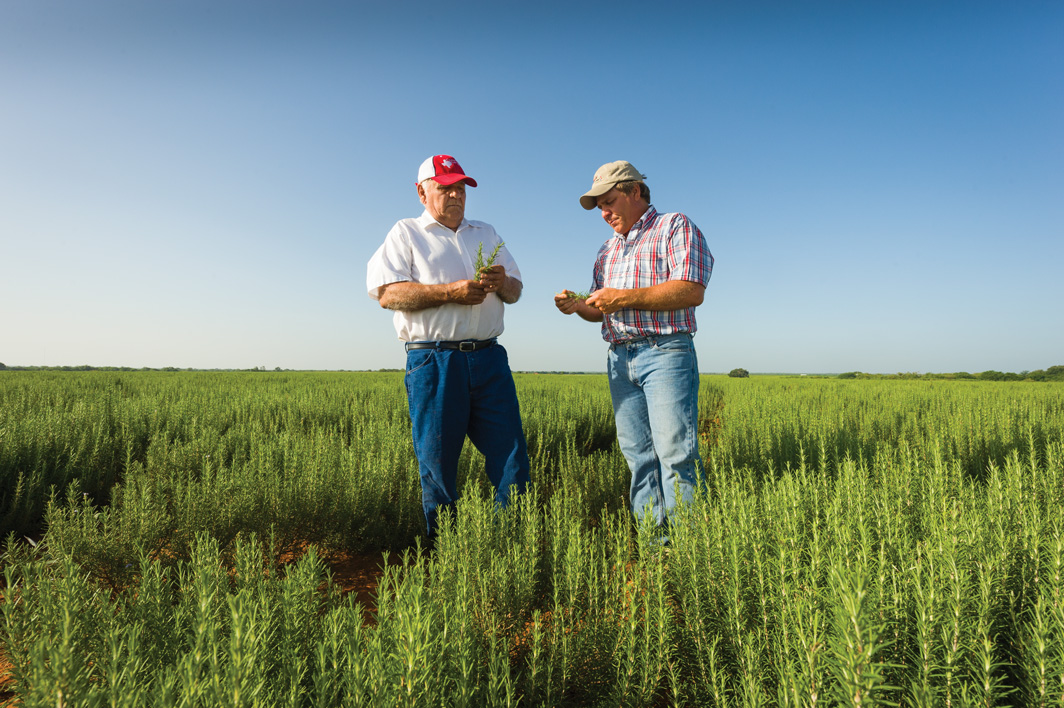Swine Dysentery (SD) is a severe infectious intestinal disease, highly contagious that produces a mucohemorraghic diarrhoea in grower-finisher pigs (older than one month usually). Its infection is limited to the colon. This disease was discovered more than a hundred years ago, and it was once under control. However, challenges to supply chains, breaches in biosecurity and rodent control programmes, and pressure to reduce antibiotics made it re-emerge. This disease has become a hot topic globally, with its re-appearance having a significant impact on the bottom line of the business. This is due to increasing mortality, up to sometimes almost 30%, but also due to its high morbidity (circa 90%), which will cause poor feed conversion, slow-growing animals, disrupt the supply and movement of the pigs and affects the welfare of the animals.
Initially, it was thought that Brachyspira hyodisenteria (formerly known as Treponema hyodysenteriae), an anaerobic intestinal spirochete, was the sole acting agent in swine Dysentery. However, today it is known that several strongly beta-hemolytic spirochetes can cause it. If you are facing a SD outbreak, you could recover any of the following by culture tissue or in faeces:
Those species of Brachyspira should not be confused with B. pilosicoli which produces the Porcine Intestinal Spirochetosis or Porcine Colonic Spirochetosis (PIS/PCS). Throughout the course of this blog, when mentioning Brachyspira, we will be referring to 3 species that will cause SD.
The haemolytic activity is an essential tool in the Brachyspira armoury, and the strength of the haemolysis is a good indicator of the potential to produce SD. Usually, atypical weak haemolitic isolates from Brachyspira have been recovered from herds that do not have a clinical version of SD. The more pathogenic strains produce membrane proteins or are involved in the iron metabolism.
Pigs are susceptible to Brachyspira, but they are not the only host of the spirochete; it has also been isolated in chickens, rodents, dogs, and waterfowl (mainly ducks and geese). Ducks and geese are an important reservoir, and as they migrate, they can take the disease from one region to another.
The infection route occurs by ingestion of the spirochetes. They might be present in swine faeces but also in fomites such as footwear, cloth, tools, and faeces of reservoirs previously mentioned. The incubation period is between 4 days and 3 months, but most commonly, the disease happens within 10 days to 2 weeks.
New outbreaks can happen in different ways:

Brachyspira can resist in faeces, diluted faeces, i.e. slurry pits or slurry tanks/lagoons and soil. Studies showed that in faeces diluted with water, it can survive up to 48 days at 0°C, a week at 25°C and one day at 37°C. It is also resistant in soil and can live up to 10 days at 10°C or almost 80 days in soil with at least 10% of faeces.
After ingestion, Brachyspira survives the stomach's acidic environment, allowing them to travel through the small intestine and reach the large intestine where they colonise. It has the ability to move through the mucus and get into the intestinal crypts.
Spirochetes close to the epithelial cells in the cecum and colon stimulate mucus production. Increased mucus allows the spirochete to move closer to the epithelium where their haemolysins can cause local damage and allow other bacteria to colonise and contribute to the lesion. Sodium and chloride ions remain in the lumen, resulting in colonic malabsorption, contributing to mucohemorraghic diarrhoea.
Clinical signs can be observed mainly in the grower and finisher phase, usually starting a few weeks after being moved from the Nursery.
The first sign:
After a couple of days: clinical disease:
Postmortem examination:
We can identify the pathogen by PCR from gut scrapings or if animals are alive and untreated from faeces. The culture of the spirochete will remain the most sensitive assay as it will allow us to assess the haemolytic capacity of the Brachyspira.
Besides the presence of the spirochete, the microbiota plays a role in helping the disease to express itself. Anaerobic bacteria like Fusobacterium and Bacterioides frequently help Brachyspira to develop SD.
When Brachyspira starts to proliferate, there is a shift in the normal colonic flora, moving from gram-positive, such as Lactobacilli which has a beneficial effect to gram negative species which will be harmful and contribute to the lesions that Brachyspira cause. Therefore, there is a big area of opportunity to use probiotics to re-balance the flora and stimulate beneficial bacteria. The use of Bacillus sp. showed significantly lower prevalence of Clostridia and Brachyspira, and higher prevalence of Lactobacilli and Bifidobacter.
This disease does not pose a zoonotic risk, therefore treatment and prevention are mainly done for the wellbeing of the animals. Brachyspira is sensible to antibiotics such as Tiamulin, Valnemulin and Tylosin. However, in countries like the United Kingdom, some producers will not want to use macrolides due to strict antibiotic contracts they have within their supply chain. Which limits the therapeutical options on top of the current pressures to reduce antibiotic usage. Thus, the main area of opportunity is in prevention which has several sub-areas:
© Kemin Industries, Inc. and its group of companies 2026 all rights reserved. ® ™ Trademarks of Kemin Industries, Inc., USA
Certain statements may not be applicable in all geographical regions. Product labeling and associated claims may differ based upon government requirements.